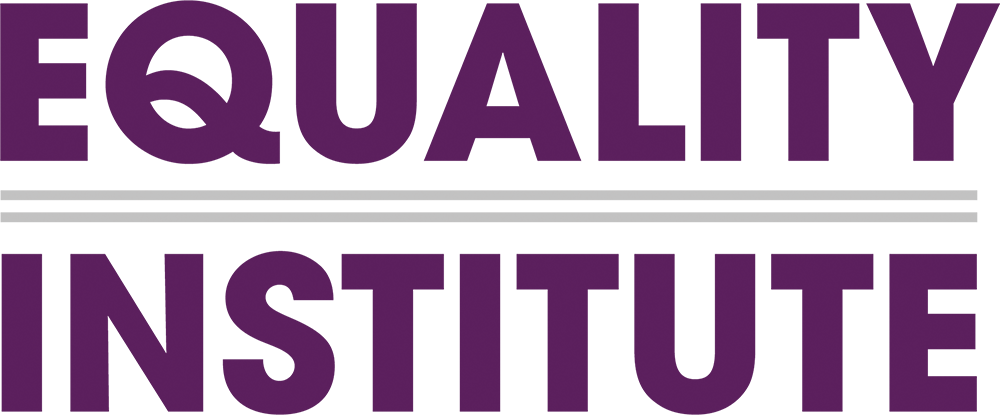Strategies to Increase Diversity in the Hiring Process
You may have heard the story of a man named Jose, who was having no luck on his job applications. He began applying with the name “Joe” instead, and suddenly started receiving calls. The same is true in numerous studies where two resumes were submitted for the same job that were identical in all aspects except for one: the name. Resumes with male names consistently get more calls for interviews than identical resumes with female names.
If you’re reading this, that story probably doesn’t surprise you, so let’s talk about solutions. By now, hopefully you’re clear on the business case for diversity, equity, and inclusion (DEI) in the workforce. And hopefully you’ve successfully made the business case to leadership at your firm. Getting their full support is critical in authentically achieving DEI goals.
Now that you’ve got full buy-in and commitment from the firm’s leaders for a comprehensive DEI strategy, I’ll outline the steps needed to achieve the firm’s DEI goals.
Start with the D: diversity. Diversity is mix of people in an organization. Diversity can be many things: gender identity, race, country of origin, disability, sexuality, generation, gender expression, religion, political ideology, and much more. In this post, I’ll focus on increasing gender diversity – starting with a mini lesson on unconscious bias.
Unconscious bias is the act of instinctively making assumptions about people or things without taking the time to think things through. Every last one of us is guilty of unconscious bias, and it’s because of the ways our brains have been wired for centuries to make decisions quickly to keep us safe – ie, to fight or flight. Unfortunately, unconscious bias leads to a lack of diversity in hiring and promotions. Here are just some of the ways bias leads to less diversity in leadership positions:
• Gender bias (eg: women are given fewer opportunities than men if they have kids then but then are disliked when they are not seen as nurturing)
• Association bias (eg: favoring those who went to the same college, are members of the same organization or association, etc)
• Similarity bias (eg: hiring/promoting someone that is similar to the person who previously had the position, similar to others in the department, and/or similar to the interviewer.
Before undertaking DEI initiatives, I highly encourage your firm to undergo an unconscious bias training, especially for leaders. Establishing a common language and common goals around unconscious bias and diversity will go a long way towards ensuring the success of the programs.
Here are 5 more tips to increase diversity at your firm:
1. Address the pipeline diversity issue. One of the main excuses firms use when explaining a lack of gender diversity is a pipeline issue. They may say that they’re simply not receiving many job applications from qualified women.
In the 2018 Preqin Investor Survey, Sandra Legrand from Alter Domus shared, “Diversity begins at the lower levels, starting with private equity education programs in universities to build up a pipeline of talent. Stirring up the curiosity of young women by sharing knowledge and experience, as well as participating in coaching and mentoring programs, will lead to increased diversity within our industry.”
Legrand’s advice is a great first step towards diversifying your firm’s workforce.
2. Weed out biased words in job descriptions. Job descriptions often have hidden biases that attract male candidates over women. For example, driven, competitive, and analyze are male-biased words while collaborate, loyal, and support are words that are female-biased. There’s actually a solution to the unconscious biases that show up in job descriptions: Textio software notices biases when someone is typing a job description and suggests more neutral changes. This simple change will begin to attract a more balanced talent pool.
3. Remove identifying data from resumes. Software such as Ideal strips all identifying details (including name, location, and affiliations) from a resume so decisions who to bring in for interviews are less biased. This allows interviewers to seek out candidates based on their qualifications, not based on any biases that may show up unconsciously.
4. Have collaborative interviews with standardized questions. Collaborative hiring with diverse team members reduces bias because more voices are part of the process. For those interviews, use standardized, role-based interview questions which are important for many reasons: they force interviewers to focus on the factors that affect job performance; and if a scorecard with a scale is used as part of the process, this data can inform future hiring.
5. Give a work sample test. WeSolv is an online platform which connects diverse MBAs with companies by creating online practical “challenges” that job seekers can anonymously solve. Employers can then choose candidates based on practical experience and fit – not based on the hidden biases they may bring to the hiring process. WeSolv and other work sample platforms allow performance to be a direct factor in hiring.
These strategies are by no means a panacea, but should make a impact on gender diversity when used together along with strong support from leadership.
